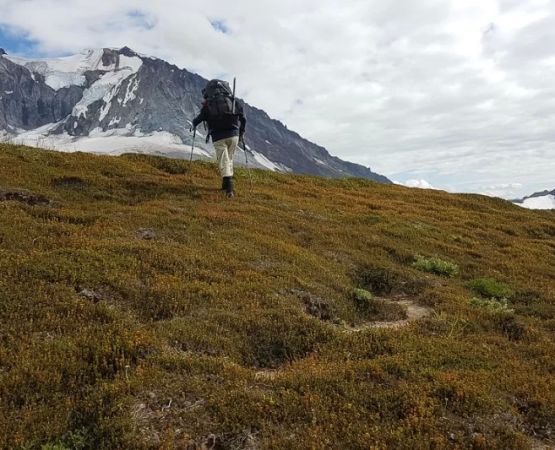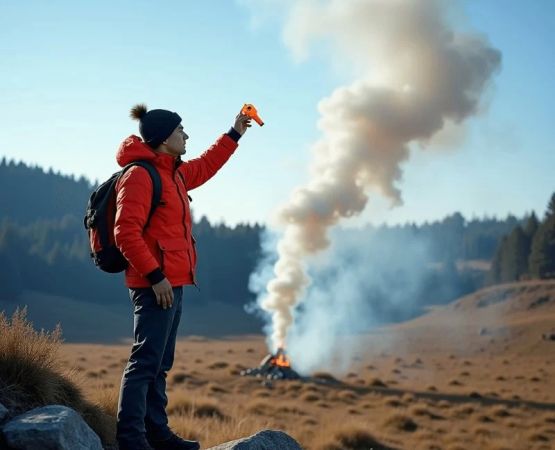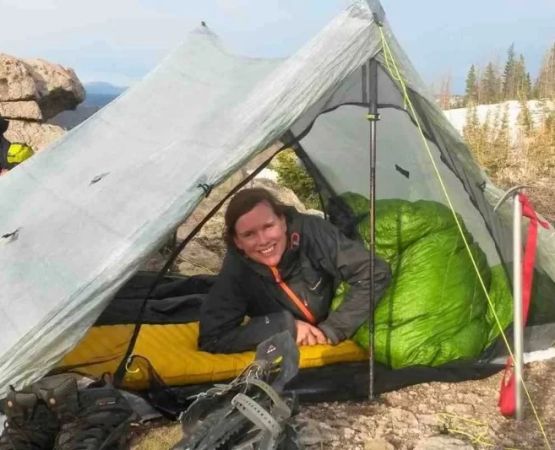- 1-criteria-for-ranking-national-park-campgrounds
- 2-top-national-park-campgrounds-in-the-usa
- 3-features-that-make-a-great-campground
- 4-visitor-experiences-at-popular-national-park-campgrounds
- 5-how-to-choose-the-right-national-park-campground
- 6-planning-your-trip-with-pine-cliff-resort
1. Criteria for Ranking National Park Campgrounds
When ranking national park campgrounds across the USA, several key factors are considered. These include campground location, amenities, accessibility, natural beauty, and proximity to popular trails or attractions. The availability of facilities such as potable water, restrooms, and picnic areas also plays a significant role.
Additionally, factors like crowd levels, reservation ease, and the overall camping experience influence rankings. These criteria help identify campgrounds that offer not only comfort but also an immersive connection with nature, essential for any memorable camping trip.
2. Top National Park Campgrounds in the USA
Several campgrounds consistently rank among the best in the USA. Yosemite National Park’s Upper Pines Campground is famed for its stunning valley views and proximity to iconic landmarks like Half Dome and Yosemite Falls. Yellowstone’s Madison Campground offers a perfect base for exploring geothermal wonders and wildlife watching.
Acadia National Park’s Blackwoods Campground is beloved for its coastal setting and easy access to hiking trails. Meanwhile, Glacier National Park’s Many Glacier Campground is praised for breathtaking mountain scenery and abundant wildlife sightings. Each of these sites provides a unique camping experience reflecting the diversity of America’s national parks.
3. Features That Make a Great Campground
Great campgrounds balance natural beauty with visitor comfort. Spacious, well-maintained sites allow privacy while still fostering community among campers. Shade, flat terrain, and clean facilities enhance the camping experience. Easy access to trails and natural attractions enriches daily activities.
Additional features such as ranger programs, fire pits, and interpretive signage contribute educational and recreational value. The best campgrounds also have efficient reservation systems and clear regulations to ensure safety and environmental protection.
4. Visitor Experiences at Popular National Park Campgrounds
Visitors often share heartfelt stories about their stays. Families enjoy starlit nights by campfires, couples find serenity in secluded spots, and solo travelers appreciate the connection with nature. For example, many campers at Yosemite describe waking early to catch sunrise over the valley, creating lifelong memories.
Some share challenges such as crowded weekends or wildlife encounters, emphasizing the importance of preparedness and respect for park guidelines. These real-world experiences offer valuable insights for prospective campers.
5. How to Choose the Right National Park Campground
Choosing the ideal campground depends on your priorities: proximity to activities, desired amenities, and camping style (tent vs. RV). Consider factors such as reservation requirements and peak season demand. For those seeking tranquility, less popular campgrounds might offer a better experience.
Research and early planning are crucial, as top campgrounds fill quickly. Utilize official park websites and trusted travel resources to make informed decisions tailored to your needs and preferences.
6. Planning Your Trip with Pine Cliff Resort
For campers looking to complement their national park adventures with premium amenities and comfort, Pine Cliff Resort offers excellent lodging and services near some of the nation’s most beautiful parks. Their expert recommendations and booking assistance make trip planning seamless and enjoyable.
Whether you prefer rustic camping or a cozy cabin retreat, Pine Cliff Resort helps create a balanced experience combining the wilderness charm of national parks with modern conveniences. Explore their offerings to elevate your next camping adventure.






